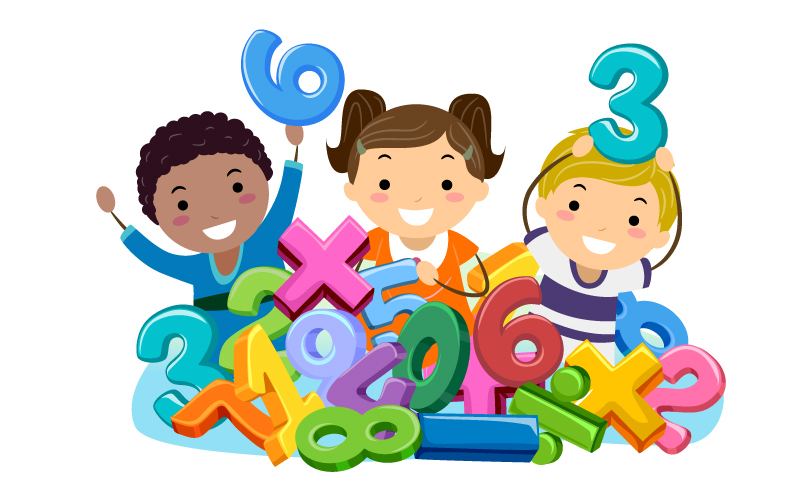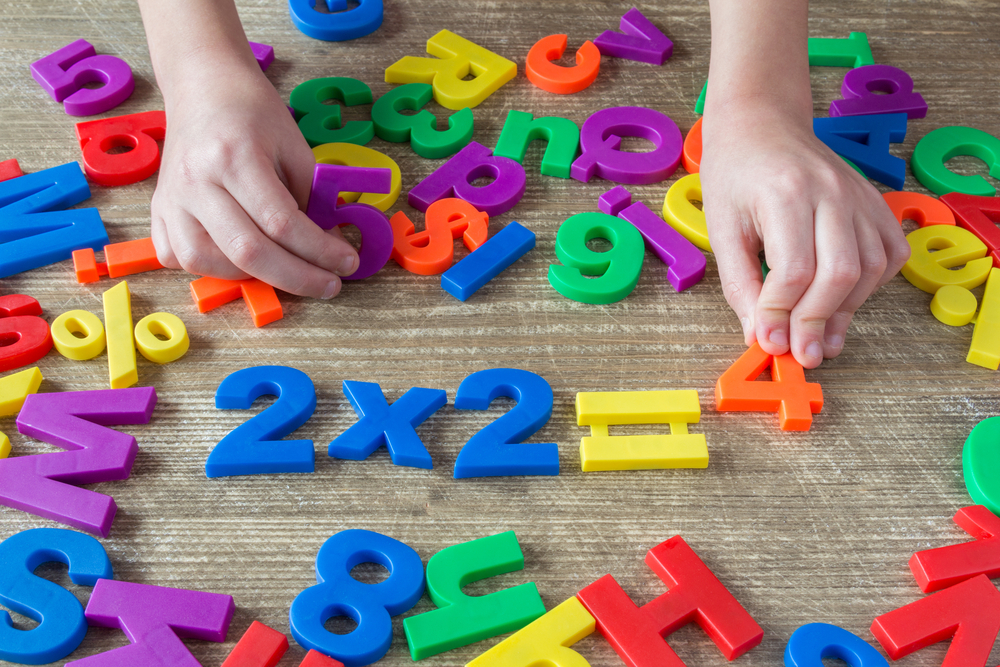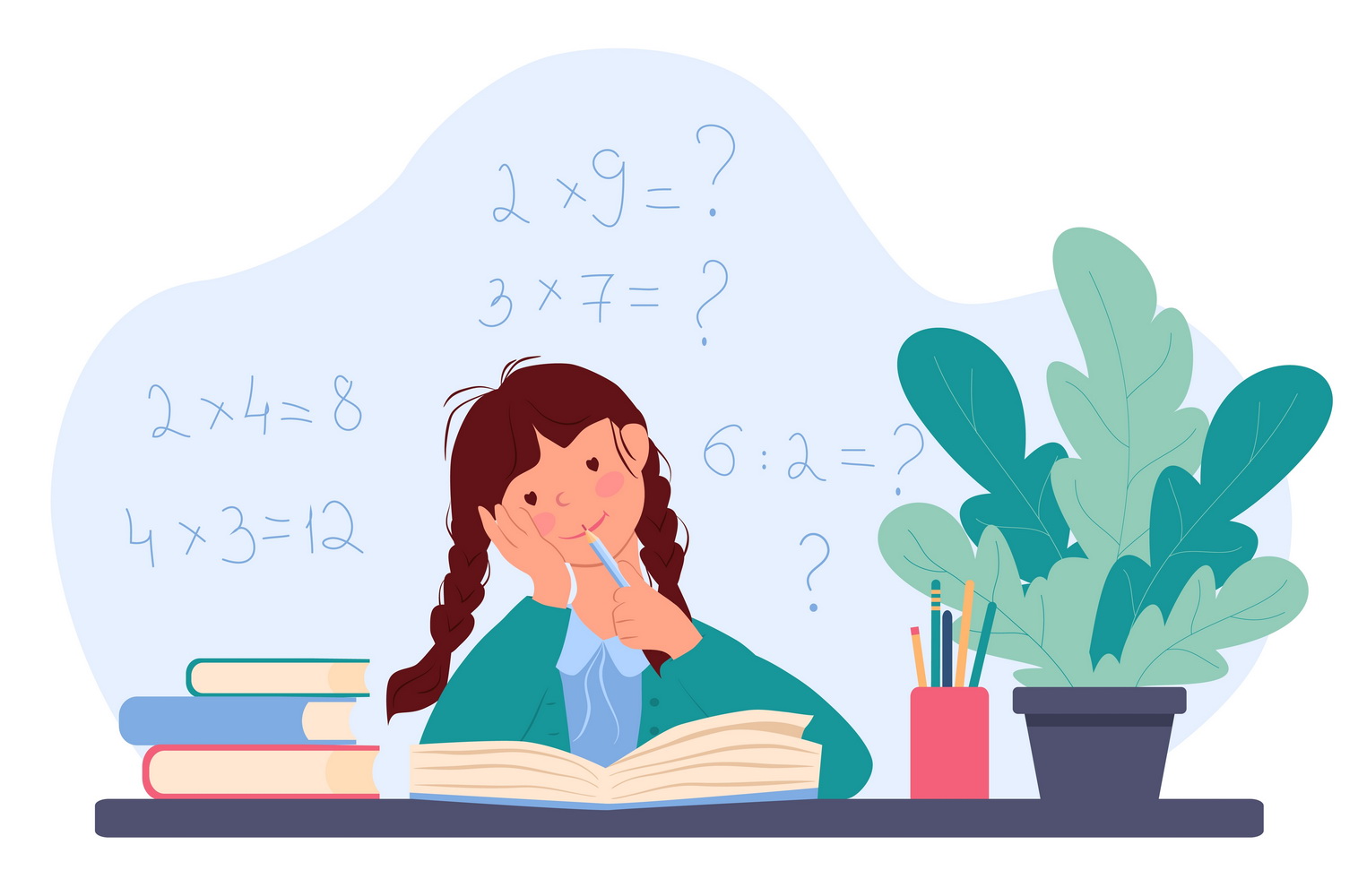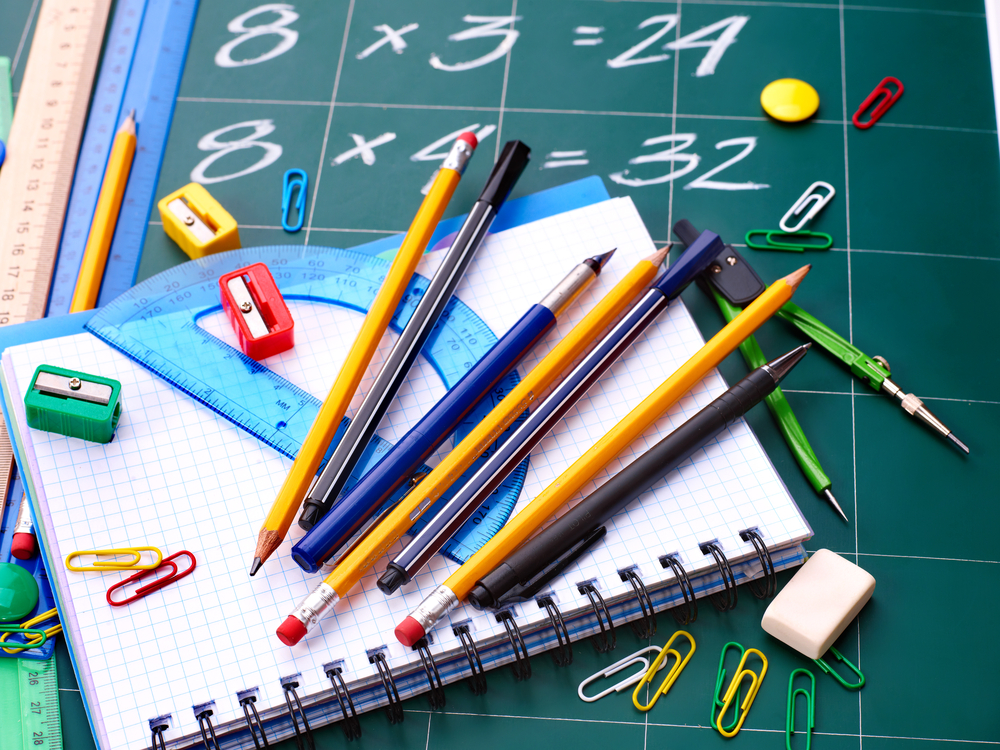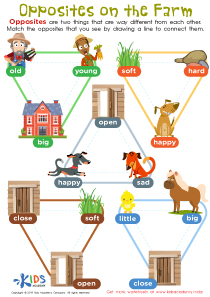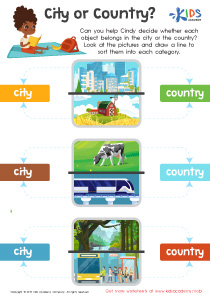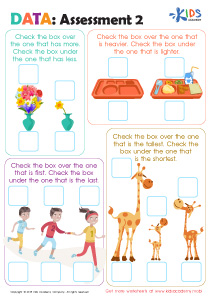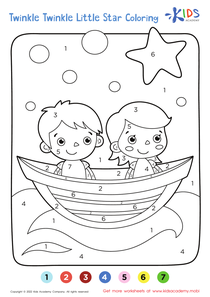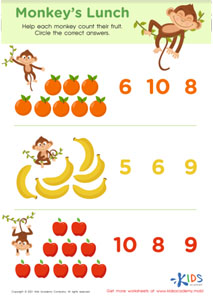Problem-Solving Skills Arrays Worksheets for Ages 3-9
4 filtered results
-
From - To
Nurture critical thinking in young learners with our Problem-Solving Skills Arrays Worksheets for Ages 3-9. Designed to make math engaging, these worksheets help children explore arrays, building a foundation for multiplication and division. Each worksheet encourages kids to solve real-world problems using visual aids, promoting logical reasoning and effective strategy use. Through interactive exercises and colorful designs, children develop math fluency and confidence while having fun. Perfect for parents and teachers, our resources ensure learners grasp essential concepts progressively. Elevate your child’s math skills today with Kids Academy’s expertly crafted worksheets.
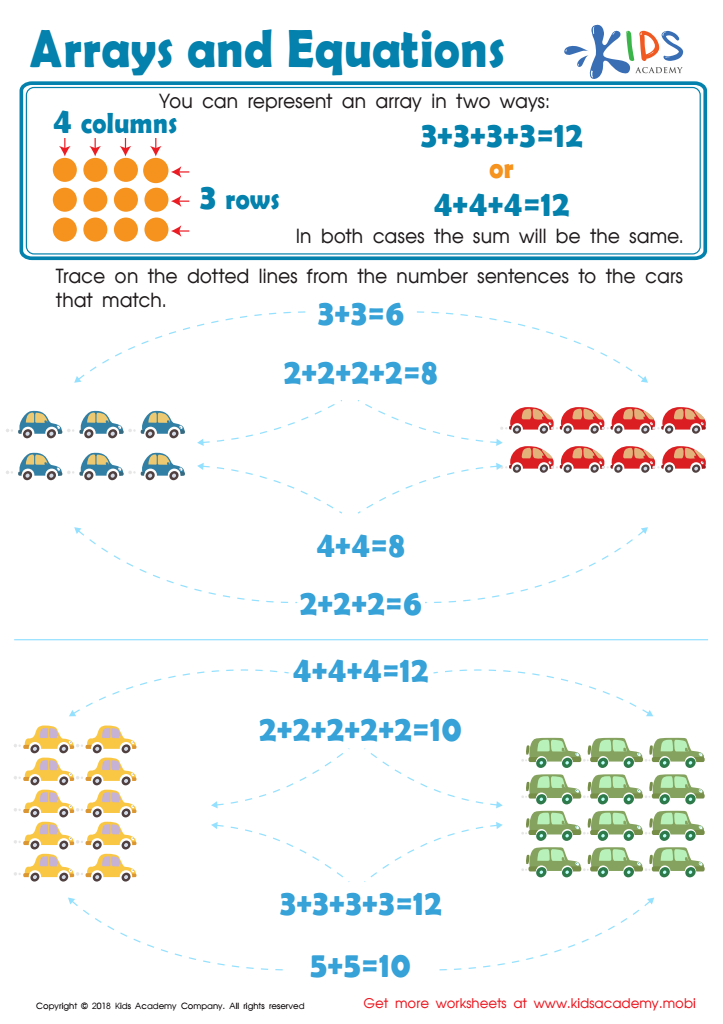

Arrays and Equations Worksheet
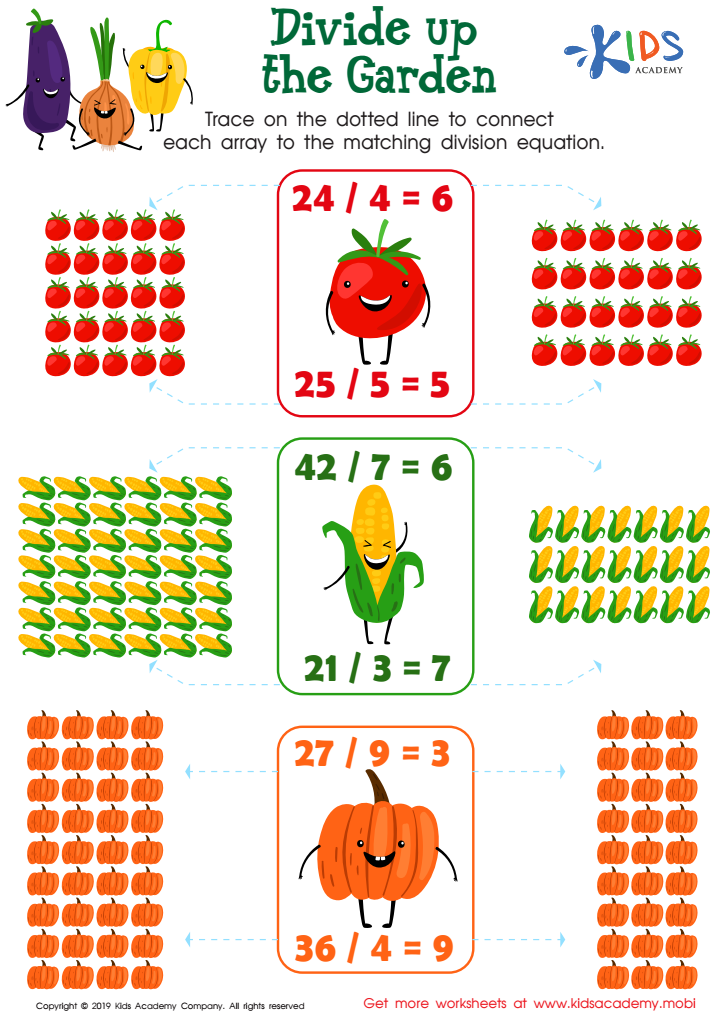

Divide up the Garden Worksheet
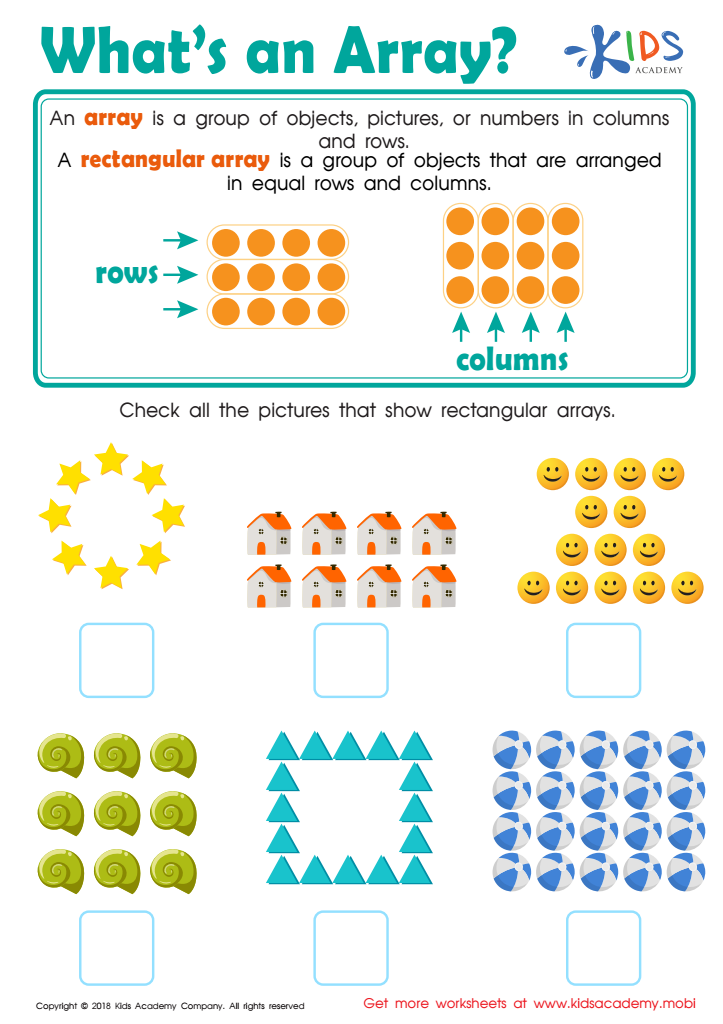

What's an Array? Worksheet


At the Market Worksheet
Problem-solving skills are crucial in early childhood as they form the backbone of cognitive and social development for children aged 3-9. For parents and teachers, fostering these skills is essential because they equip children with the ability to approach challenges thoughtfully and independently.
During these formative years, children encounter numerous new experiences that require them to analyze situations, identify solutions, and evaluate outcomes. By embracing problem-solving skills, children develop critical thinking, creativity, and persistence. These skills cut across all areas of learning, enhancing abilities in numeracy, literacy, and social interactions.
In addition, strong problem-solving skills promote emotional intelligence. Children learn to handle conflicts, cooperate with peers, and express themselves clearly. They become more resilient, as they better cope with setbacks by finding alternative solutions. This instills a sense of confidence and autonomy, laying a solid groundwork for future academic and personal success.
An array of problem-solving activities, such as puzzles, team tasks, and practical challenges, actively engages young minds in systematic thinking while making learning enjoyable. For parents and teachers alike, prioritizing these skills paves the way for children to become proactive, analytical, and adaptable individuals, ready to face the complex world ahead. Encouraging problem-solving from a young age therefore has long-term benefits for a child's holistic development.
 Assign to My Students
Assign to My Students


